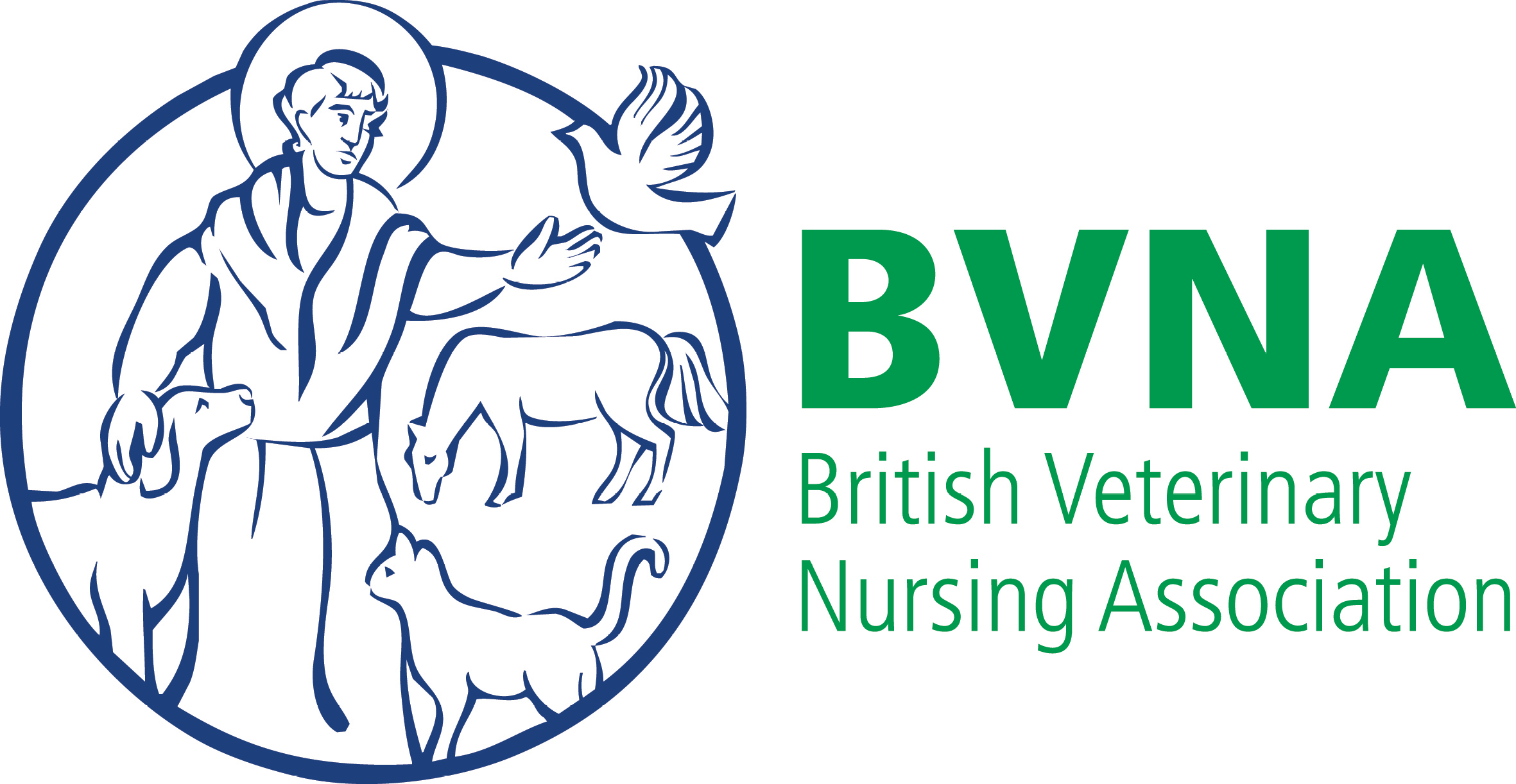Dear Reader,
Welcome to the first edition of the Veterinary Nursing Journal under our new partnership with Taylor & Francis and my first edition as Editor-in-Chief of your journal. Personally I always feel refreshed by a new year, a new beginning, a new start and 2015 is no different.
Here at BVNA we have big plans, and in conjunction with Taylor & Francis we want to ensure that we not only continue to provide useful, contemporary and evidence-based education within our journal, but that we also seek to improve it.
Recently, the veterinary press has been alive with announcements related to the education, qualification and registration of veterinary nurses. As we begin to plan our future as a profession, I believe we can afford to spend a little time looking at our past.
In the spring of 1955, correspondents to the Veterinary Record were discussing the proposal to introduce qualified veterinary nurses into practice (Johnson, 1955). The letters pages were rife with debate. Opposition was strong. There were fears that these new members of the team would be ‘mini vets’ or ‘quacks’.
Concerns were voiced that more worthy professions such as nursing the elderly, child care or midwifery would be robbed of their workforce as suitable candidates elected to work with animals.
My personal favourite was a letter written by a vet, in response to learning that these new nurses would learn about anaesthesia, wound care, restraint, medication and sterilisation of instruments. He writes, ‘well, well, what marvellous people they are going to be. They will know so much about so many things that they will probably be of little use at any one thing’.
There was some support too, vets who realised that treating animals who were properly restrained was easier and safer. Surgeons who realised that having someone trained to manage their theatre kit had the potential to reduce anaesthesia time as equipment was prepared in advance. And so, a specific body of knowledge was born, knowledge that continues to grow in the pages of this journal.
A journal such as the VNJ is an ideal place to both gather new information and disseminate evidence-based skills and theory. I hope that you enjoy this edition; I hope that you learn something new, so you move forward in your role, in your profession. We all should and we owe it to those vets who sixty years ago recognised that veterinary nurses were useful and necessary. For instead of becoming a jack of all trades as was predicted, we have become masters, masters of veterinary nursing with our own unique place in the veterinary team.
Author
Helen Ballantyne PG Dip BSc (Hons) RN RVN
Editor-in-chief

DOI: 10.1080/17415349.2014.995345
Reference
Johnson, J. E. (1955) Veterinary Record, February 26th.
• VOL 30 • January 2015 • Veterinary Nursing Journal
